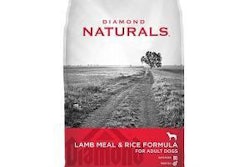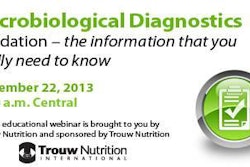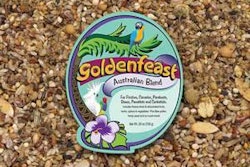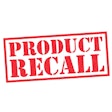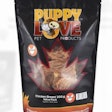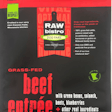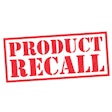The recent release of the proposed feed/petfood preventive control rule under the Food Safety Modernization Act (FSMA) caps a year of news, progress, regress and concerns about petfood safety in the US, making this a fitting time to assign accolades and criticisms to entities and people involved.
Purrs to petfood companies and executives who act on the belief that petfood safety is not proprietary or a competitive advantage. The philosophy is that sharing ideas, programs and best practices with the rest of the industry is crucial to ensuring the safety of all petfood products, building cooperation with regulators such as the US Food and Drug Administration (FDA) and gaining consumer trust.
While I have heard this sentiment often since FSMA was passed in January 2011, the fact that executives from companies such as Del Monte, Diamond Pet Foods, C.J. Foods, Mars and P&G Pet Care have openly discussed their companies' petfood safety programs at industry conferences this year tells me that at least for them, it's more than just lip service.
Purrs to, again, petfood companies that include finished products in their Salmonella testing programs. There's a perception among consumers and even veterinarians that most petfood companies don't test their finished products before distributing them. Lorie Huston, DVM, made that assertion on PetMD.com earlier this year without citing any studies or data to back her claim. A PetMD.com survey of consumers apparently worded a question to imply that it's "common industry practice" to ship products before test results are final—and of course, 98% of respondents were against that.
Actually, many petfood companies do finished product testing and hold the related lots in inventory until test results come back, at considerable expense. At a conference this fall, several executives said this practice had become their companies' largest petfood safety related expense — even for those that have invested heavily in infrastructure, personnel and training to fortify their safety systems. What's more, these companies have been following this practice without knowing whether it would be mandated under FSMA; according to the new proposed rule, it will not be.
Growls to media reports that perpetuate myths about petfood safety (I'm talking to you, PetMD.com) or are so simplistic and lacking in context that they only ratchet up anxiety and confusion among consumers. When FDA issued an update in late October on the investigation into illnesses related to jerky pet treats, mainstream and social media seized on the numbers: more than 3,000 complaints, over 3,600 dogs affected (plus 10 cats) and more than 580 deaths.
Of course, those are significant and cause for concern, but FDA began tracking complaints in late 2011 and had received nearly 900 reports of illnesses by May 2012. Its update stated that the "rate of complaints associated with jerky pet treats dropped sharply after several well-known brands were removed from the market in January 2013." Yet the news reports made it seem as though all the illnesses — and even the recalls — were recent.
Similarly, when FDA released the proposed preventive control rule just three days after the jerky treat update (interesting timing, huh?), some media immediately conflated the two, as if FDA had issued the new regulations in response.
The loudest growl, obviously, goes to FDA itself, which finally released the proposed preventive control rule nearly three years after FSMA was passed, and that was only after a federal court had ordered the agency to issue all remaining FSMA regulations by November 30. So FDA had to comply but is allowing only 120 days for the petfood and feed industries to comment—until February 26, 2014. Three months after a wait of three years doesn't seem very fair, does it?


